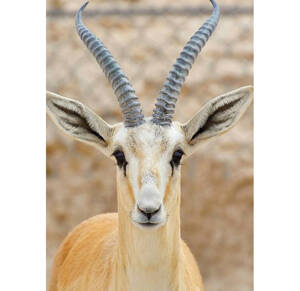
Gazella marica
Gazella marica,Sand Gazelle
Arabian Sand Gazelle (Scientific name: Gazella marica) English: Arabian Sand···
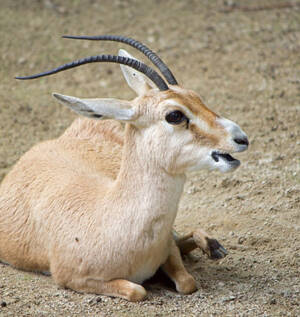
Gazella leptoceros
Gazella leptoceros,Slender-horned Oryx
Slender-horned Gazelle (scientific name: Gazella leptoceros) English: Slende···
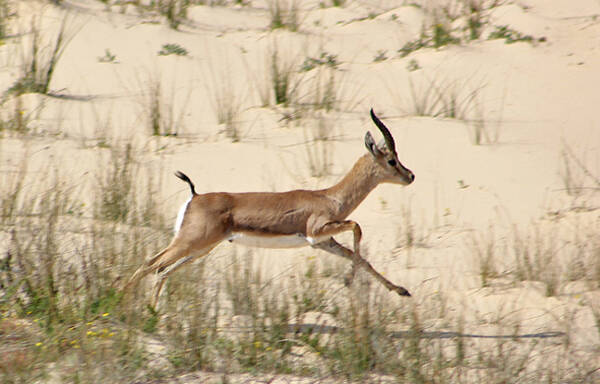
Gazella gazella
Gazella gazella
Mountain Gazelle (scientific name: Gazella gazella) is also known as Mountai···
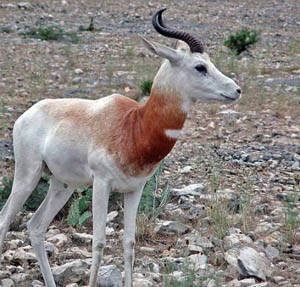
Gazella dorcas
Gazella dorcas,Dorcas gazelle
Deer gazelle (scientific name: Gazella dorcas) foreign name Dorcas Gazelle, ···
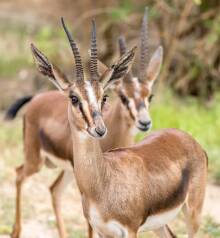
Gazella cuvieri
Gazella cuvieri,Cuvier's Gazelle, Knight's Gazelle
Cuvier's Gazelle (scientific name: Gazella cuvieri) is also known as Cuv···
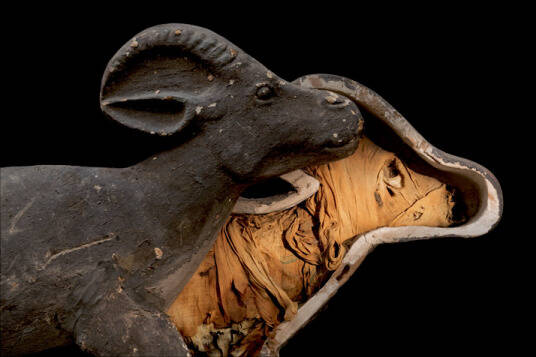
Gazella bilkis
Gazella bilkis,Queen of Sheba's Gazelle
The Yemen Gazelle (scientific name: Gazella bilkis, English name: Queen of S···
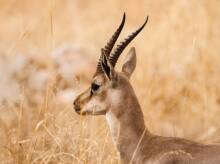
Gazella bennetti
Gazella bennetti
Indian Gazelle (scientific name: Gazella bennetti) is also known as Chinkara···
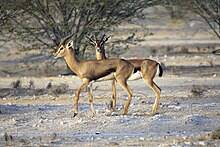
Gazella arabica,
The Arabian gazelle (Gazella arabica) is an enigmatic gazelle that was hunte···
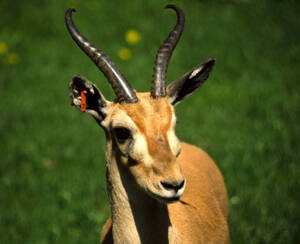
Eudorcas tilonura
Eudorcas tilonura
Eritrean Gazelle (scientific name: Eudorcas tilonura) English Heuglin's ···
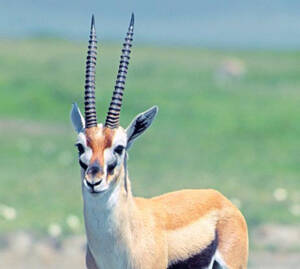
Eudorcas thomsonii
Eudorcas thomsonii,Thomson's gazelle, Thompson's gazelle, Thomson's gazelle
Thomson's gazelle, scientific name: Eudorcas thomsonii (Günther, 1884) ···
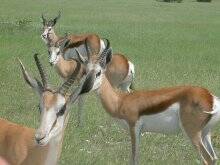
Eudorcas rufifrons
Eudorcas rufifrons
Red-fronted Gazelle (scientific name: Eudorcas rufifrons) is also known as R···
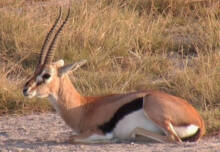
Eudorcas albonotata
Eudorcas albonotata
Mongalla Gazelle (scientific name: Eudorcas albonotata) English: Mongalla Ga···
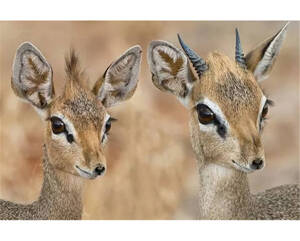
Dorcatragus megalotis
Dorcatragus megalotis,
Dorcatragus megalotis (scientific name: Beira, Beira Antelope) is the only s···
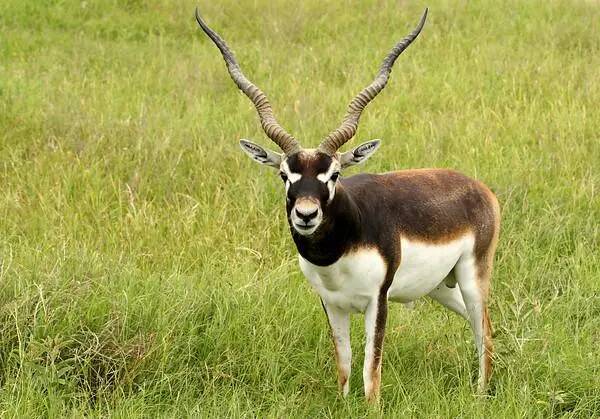
Antilope cervicapra
Antilope cervicapra
Antilope cervicapra, also known as Blackbuck in English, has two subspecies.···
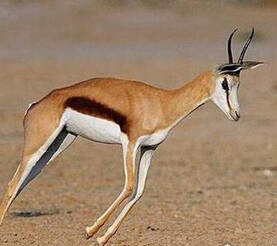
Antidorcas marsupialis
Antidorcas marsupialis
Springbok (scientific name: Antidorcas marsupialis) is called Springbok in f···
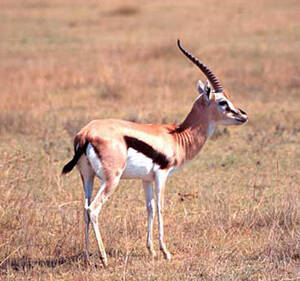
Ammodorcas clarkei
Ammodorcas clarkei,Sand Antelope,Clark's Gazelle
Clark's Gazelle (scientific name: Ammodorcas clarkei), also known as Cla···
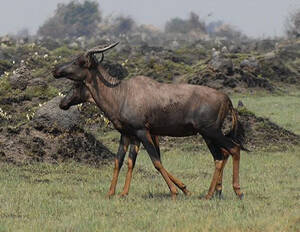
Damaliscus superstes
Damaliscus superstes,Wildebeest at Lake Bangweulu
Bangweulu Lake Wildebeest (scientific name: Damaliscus superstes) is also kn···
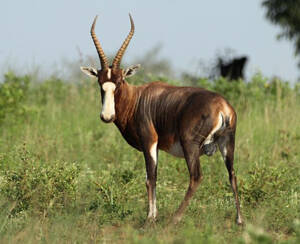
Damaliscus pygargus
Damaliscus pygargus,Damaliscus pygargus pygargus,Damaliscus pygargus phillipsi
White-striped wildebeest (scientific name: Damaliscus pygargus) is also know···
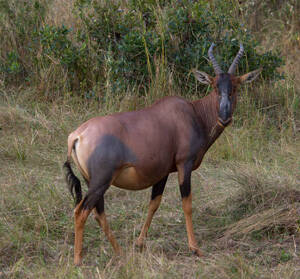
Damaliscus lunatus
Damaliscus lunatus,Black-faced hartebeest, South African oryx Black-faced hartebeest, South African oryx
The horned wildebeest (scientific name: Damaliscus lunatus) is also known as···
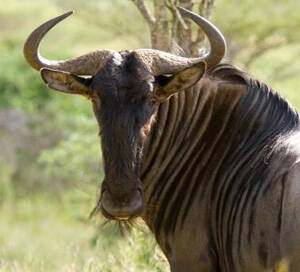
Connochaetes taurinus
Connochaetes taurinus,Common Wildebeest,Common wildebeest, blue wildebeest, spotted wildebeest, white-bearded wildebeest
Common Wildebeest (Connochaetes taurinus) has five subspecies.Common Wildebe···
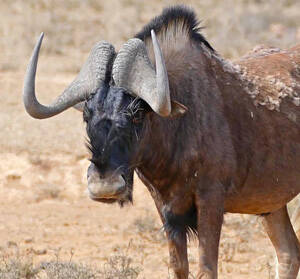
Connochaetes gnou
Connochaetes gnou,Black Wildebeest, White-tailed Gnu
White-tailed wildebeest (scientific name: Connochaetes gnou) is also known a···
